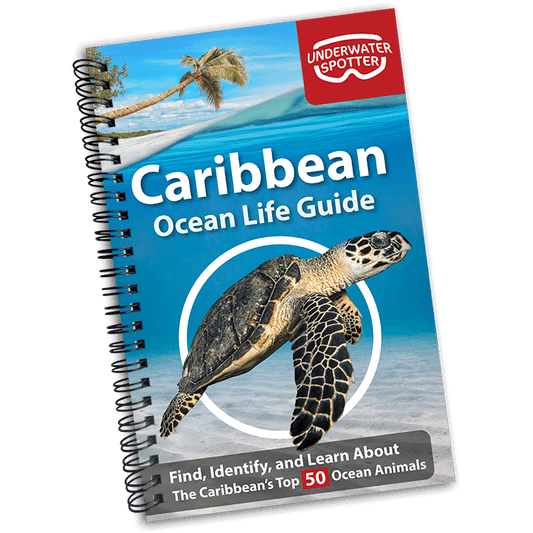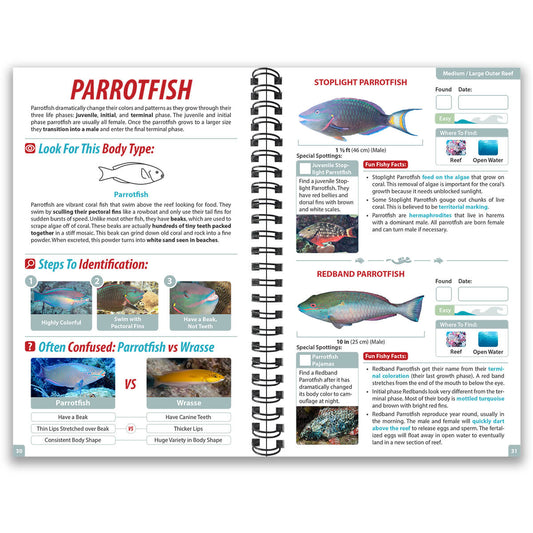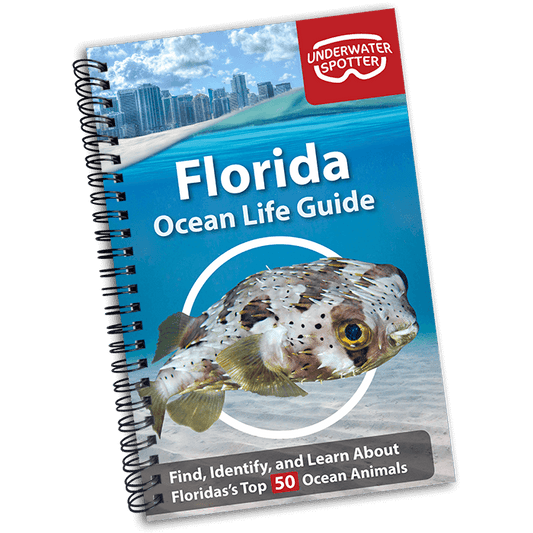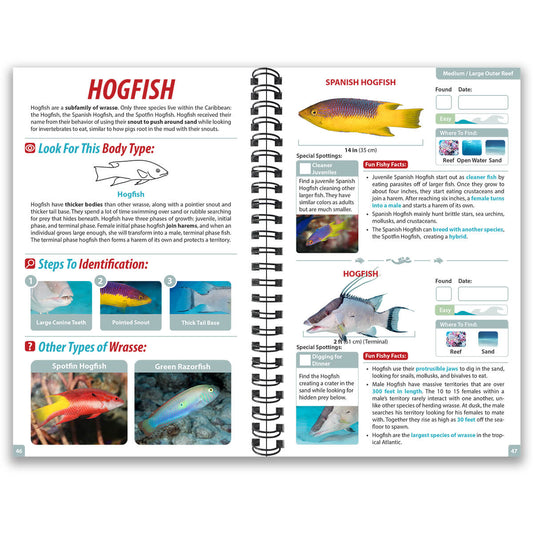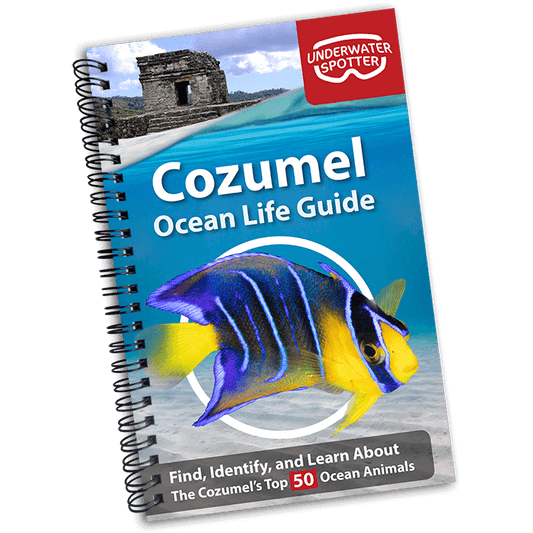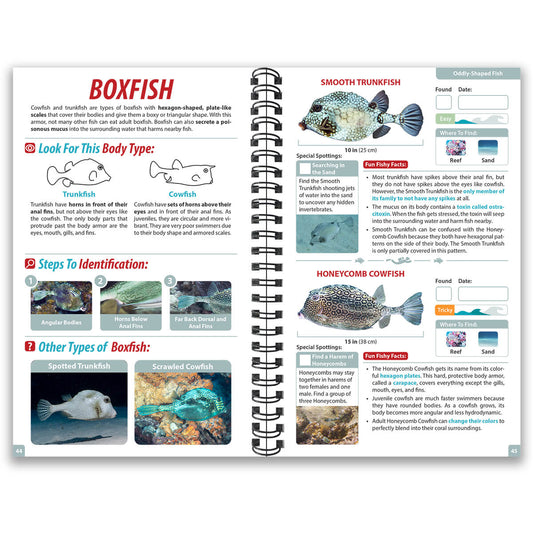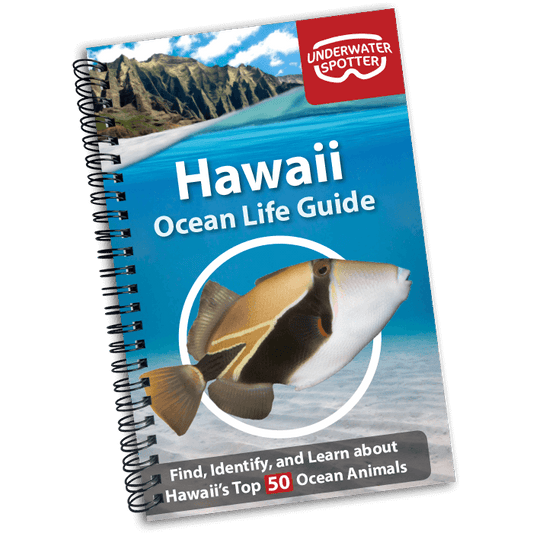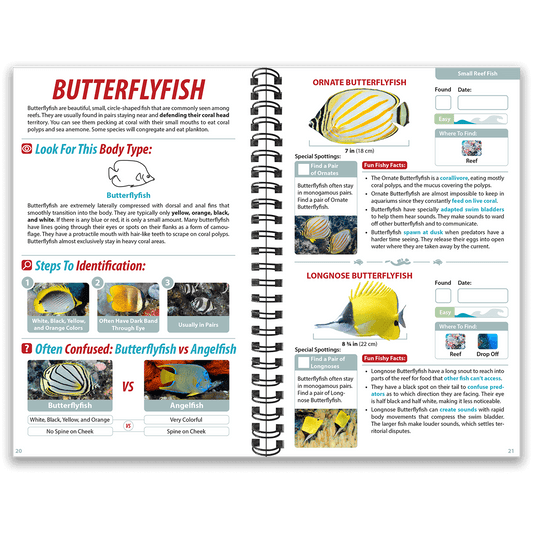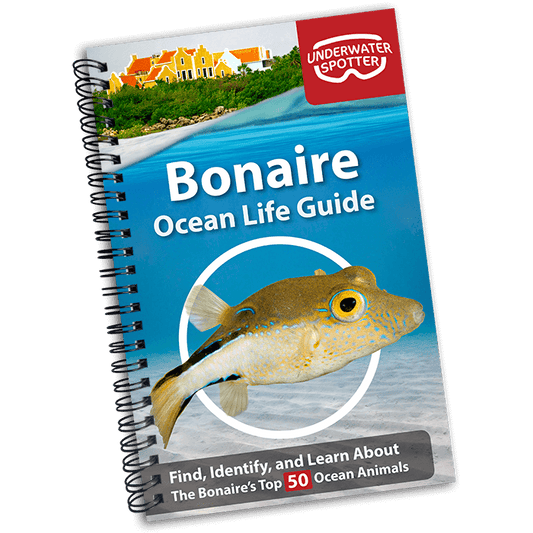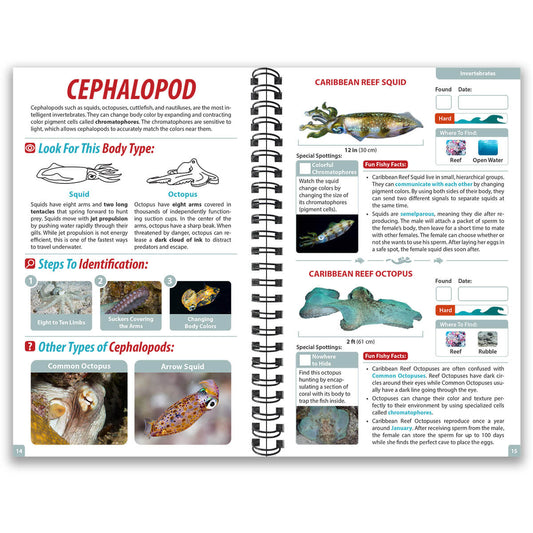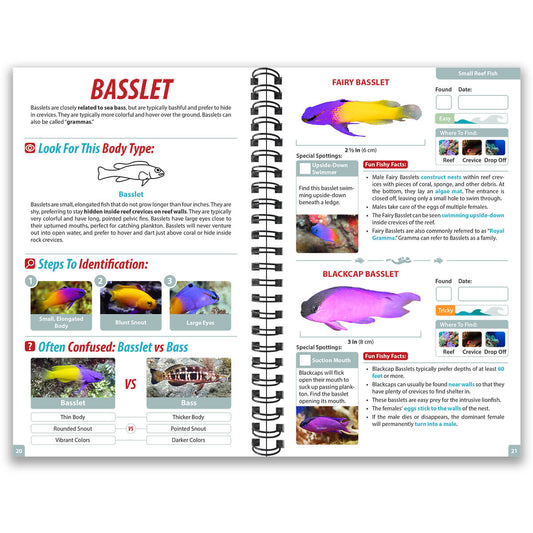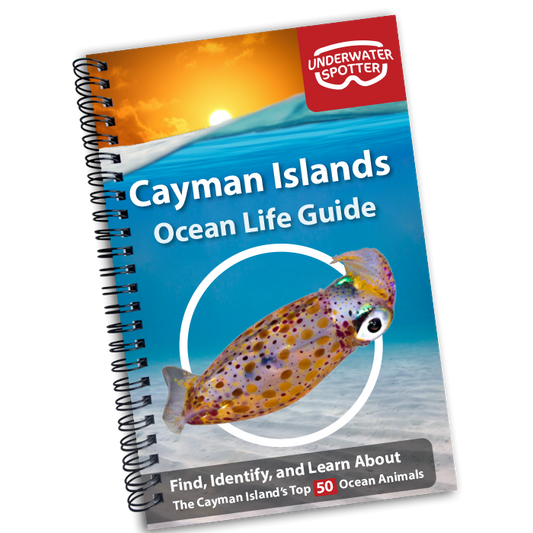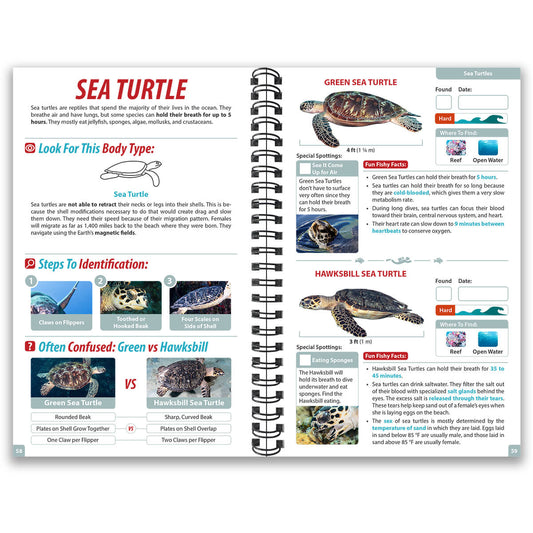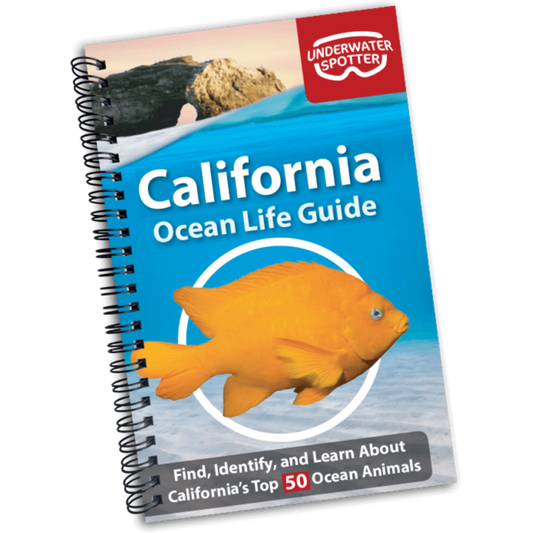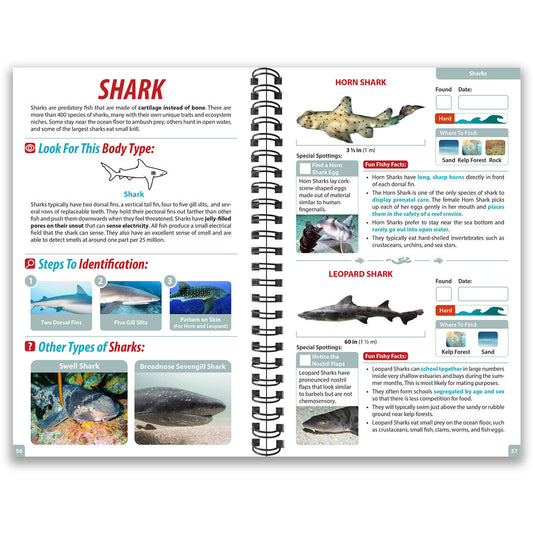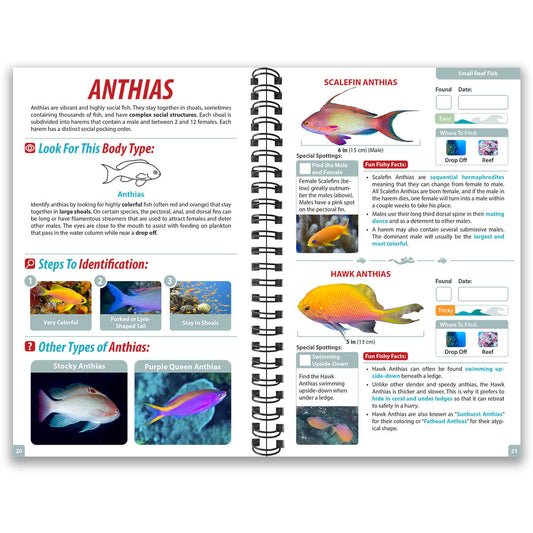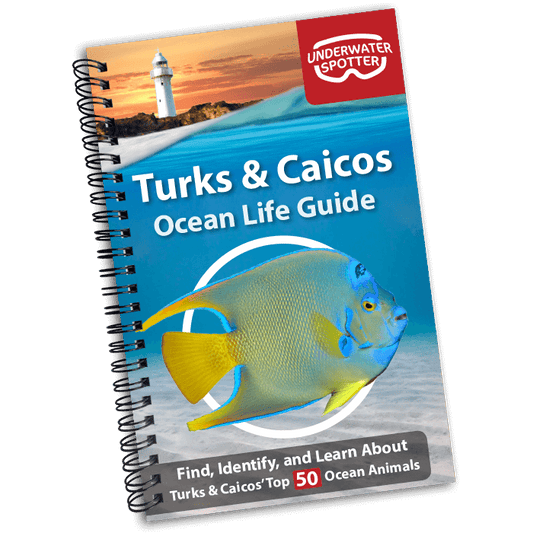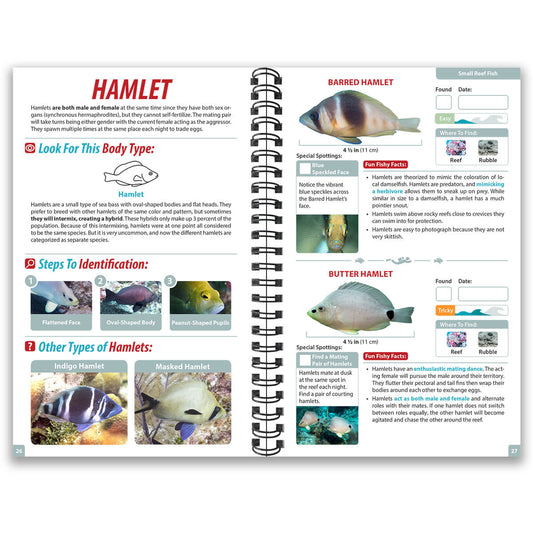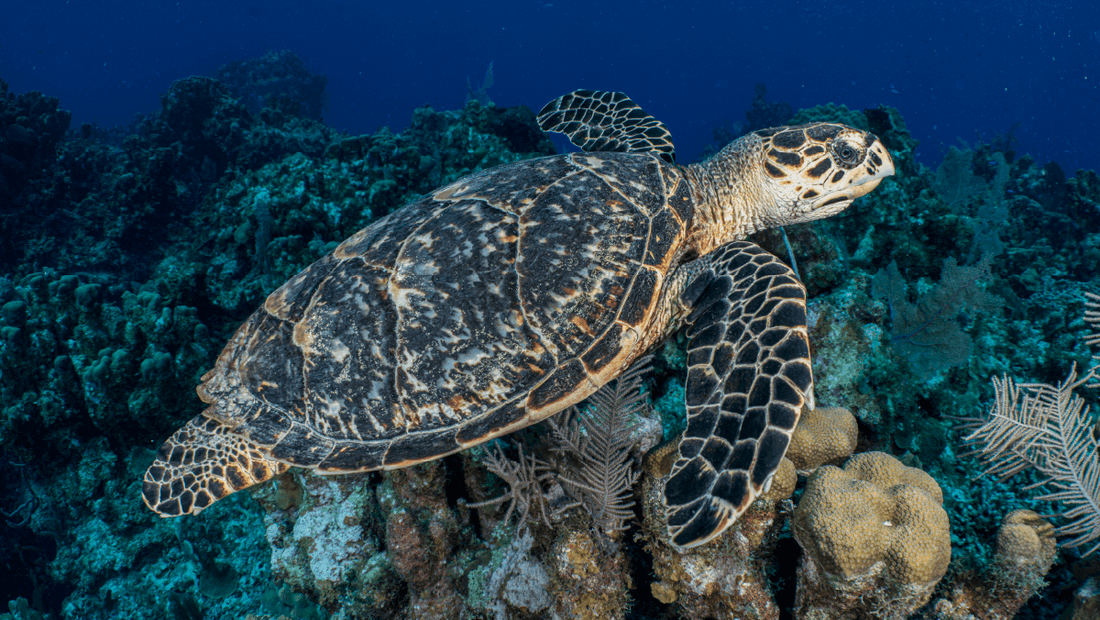
Hawksbill Sea Turtle (Eretmochelys Imbricata)
Share
How to Identify the Hawksbill Sea Turtle
Steps to Identification:
- Beak Shape: The Hawksbill has a narrow head with a distinctly pointed beak-like mouth, resembling a bird's beak. This unique feature sets it apart from the more rounded jaws of other sea turtles.
- Shell Scutes: The shell of the Hawksbill is characterized by an overlapping pattern of thick, scaly plates (scutes), which are a key feature distinguishing it from other turtles. The shell often appears serrated at the rear due to these overlapping scutes.
- Claw Count: Hawksbills have two claws on each flipper, which is different from the Green Sea Turtle that has only one claw per flipper.

Commonly Confused With:
The Hawksbill Sea Turtle is often mistaken for the Green Sea Turtle. The Hawksbill and Green Sea Turtle have overlapping habitats and similar physical features. To further complicate things, Hawksbills and Green Sea Turtles have been found to breed together, called hybridization, so you could find a hybrid species. If you're not sure which turtle you're looking at, use the three steps to identification above.

(Green Sea Turtle)
Hawksbill Sea Turtle Quick Facts
Scientific Name: Eretmochelys imbricata
Size: 30 to 45 inches
Weight: 100 to 150 pounds
Region: Atlantic, Pacific, and Indian Oceans
Endangered Status: Critically Endangered
Fun Facts about the Hawksbill Sea Turtle
Diet
- Hawksbill Sea Turtles specialize in eating sponges, which are toxic to most other marine animals. Their uniquely pointy beak is an adaptation that allows them to reach deep into coral reef crevices to access their preferred food.
- By consuming sponges, Hawksbills play a crucial role in the ecosystem by allowing coral to have more space to grow, which in turn supports a healthier reef environment.

Reproduction
- The sex of a Hawksbill Turtle hatchling is mostly determined by the temperature of the sand the egg was laid in. If the sand is warmer, most hatchlings will be female and if the sand is cooler, most hatchlings will be male. This makes Hawksbill Sea Turtles vulnerable to large sex-ratio changes as global temperatures change.
- If a Hawksbill nesting area has significant vegetation cover, they will tend to produce more males due to the plants providing shade and cooling the sand.
- Turtle clutches can be fertilized by more than one male, indicating that females may mate with multiple males during one breeding season.
- Female Hawksbills return to the same beach they were born in to lay their eggs.
- Hybridization is possible between Hawksbill and Green Sea Turtles, although very rare.
Habitat
- Hawksbills are highly adaptable; they primarily inhabit coral reefs but are also found in seagrass meadows and mangrove estuaries. This adaptability is increasingly important as reef environments face threats from climate change and human activities.
Migration
- Female Hawksbill Sea Turtles undertake lengthy migrations between their feeding grounds and nesting sites, sometimes traveling over 800 miles. These migrations are critical for their survival but also expose them to various threats such as marine pollution and fishing nets.
Conservation Efforts
- Due to their status as critically endangered, Hawksbill Sea Turtles are the focus of various international conservation efforts. These efforts include protecting nesting sites, regulating fishing practices to prevent bycatch, and enforcing laws against the illegal trade of Hawksbill shells and products. Public education and awareness campaigns also play a crucial role in their conservation, helping to reduce demand for illegal products and promoting turtle-friendly practices among coastal communities.


